
Milking the gun tends to move the point of impact low and to the side.
As I was born in the not-very-rural oceanside town of Corona Del Mar, I know less about milking cows than I do about birthing llamas. But I’m pretty sure that effective cow milking involves squeezing the udders with various degrees of pressure to get whole milk, butter and cottage cheese direct from the factory, so to speak. I have no idea how to get chocolate out of there. If I ever tried to milk Ol’ Bessie, she’d have the 4-H Club protective services tactical squad battering down my barn door in no time.
Since the motion of milking a cow apparently involves squeezing some part of the bovine anatomy with your fingers, it’s not a far leap to figure out where the terms “milking the trigger” or “milking the gun” come from. In short, it simply means that your grip fingers are also contracting as your trigger finger contracts to press the trigger.
This sounds simple, but it’s really part of a much broader concept. The human body is full of sympathetic responses. Perhaps you’ve heard stories about people inadvertently firing their gun while doing something with their non-gun hand? When you grab or squeeze something with one hand, especially while under stress, your opposite hand naturally wants to mimic that movement. This is a real problem for police officers as they’re often corralling someone with one hand while holding a gun in the other.
In the case of milking, when you contract your trigger finger, the other fingers on the same hand want to contract too. Try holding your hand in front of you in a natural resting position and curling your trigger finger in as if you were pressing a trigger. Odds are you’ll see movement in your middle finger, and decreasing degrees of movement in your ring and little fingers.
If this happens as you are firing a gun, the contraction of your grip hand fingers will tend to move the gun muzzle in the direction of your palm and down. So, if you’re right handed, the motion moves the gun down and to the left.


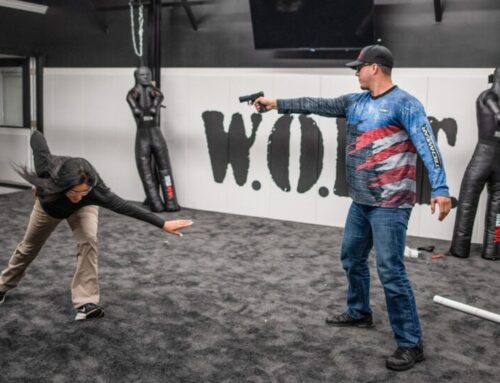
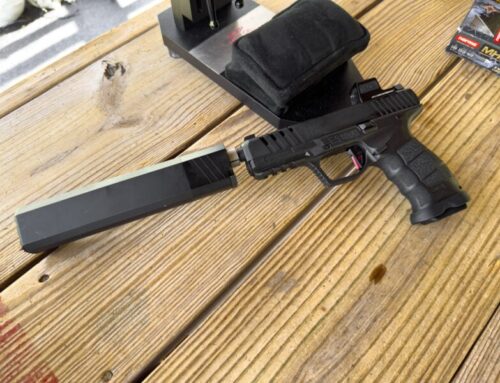
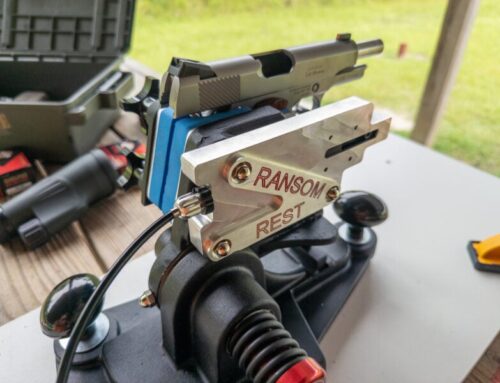
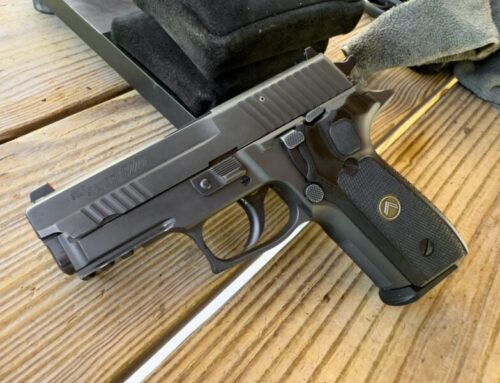
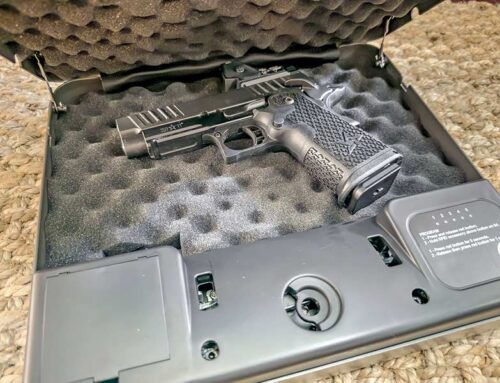
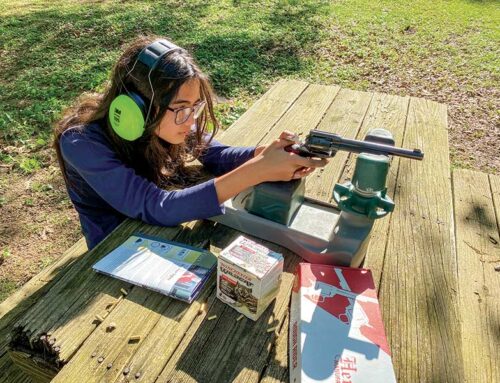
Leave A Comment